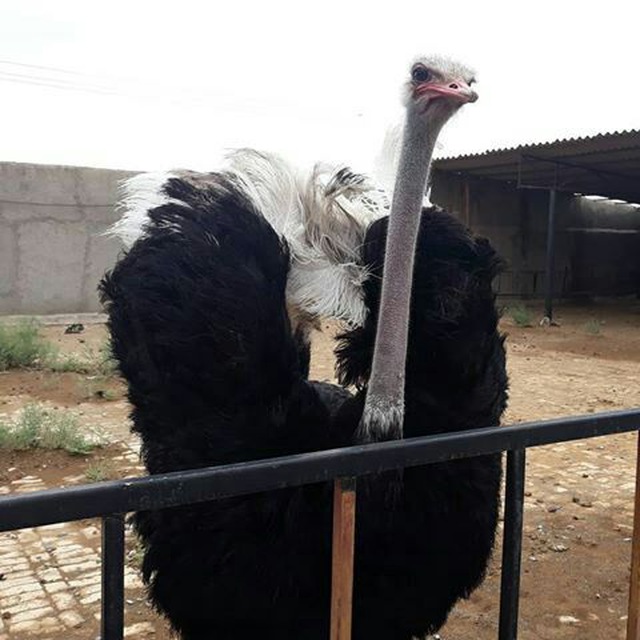The symptoms of influenza disease in birds depend on the type of bird, breeding conditions and the type of influenza virus.
1- The disease can infect and destroy all birds very quickly.
2- Influenza can cause a decrease in feed consumption, depression, lethargy, ruffled feathers and gathering of birds.
3- The daily production of eggs is small at first and eventually stops completely, and the egg shell is soft.
4- This disease causes respiratory discomfort in the form of coughing, sneezing, and discharge from the eyes and nose.
5- The influenza virus causes swelling of the face and sinuses along with swelling and bruising of the bird’s crown and beard.
6- The leg becomes dark and bruised due to bleeding under the skin.
7- Bloody secretions come out of the mouth and nose.
Symptoms of the internal organs of the flu:
* The symptoms of the disease in the internal organs of all birds are not the same.
* If the birds die suddenly, the signs of the disease are not seen in their internal organs.
* Hyperemia and bleeding can be seen in the skin, liver, spleen, kidney, heart and lungs of the bird, although these symptoms are not only related to influenza.
* The passage of the egg swells and the egg remains there.
* Bleeding is seen in the yolks and crushed and spread in the abdominal area.
* Water collects inside the stomach.
* Tracheal discharge becomes bloody and sometimes purulent.
** Super acute bird flu:
Super acute influenza virus from different species of domestic birds, including chickens, turkeys, ducks, quails, pheasants, etc. And it has been isolated from more than 88 different species of wild birds. Migratory and aquatic seabirds, especially ducks, are reservoirs of the influenza virus.
This post is written by Mohammadkhojandy
